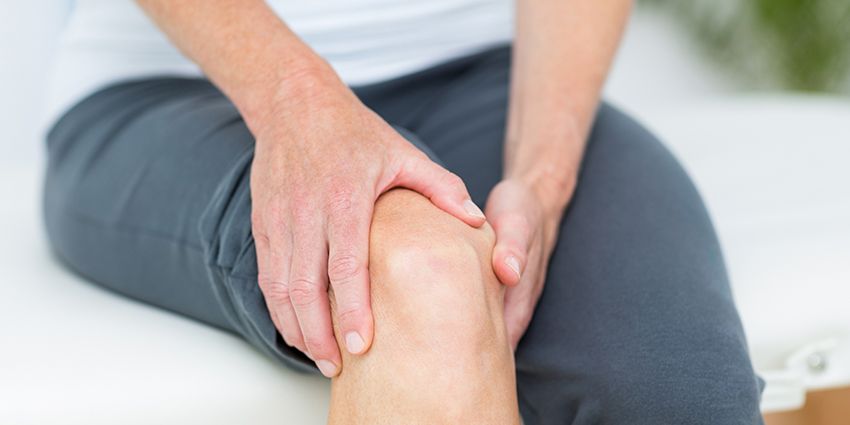Identifying And Treating Pain From Nerve Tension
Nerve tension is pain that occurs because a nerve is being compressed or stuck in its surrounding tissue which prevents it from moving within its tract like it normally does. This can happen for a variety of reasons. If a joint has been immobile for a period of time it increases the risk that a nerve can get a little stuck
|
A couple weeks ago we reviewed the topic of Neurodynamics and along with how, when, and why we should test for neural tension. Due to the impact nerve irritation can have on your patient’s symptoms, we thought we would review how to treat neural tension as well. Some of the techniques we will review include: nerve gliding/tensioning, nerve sliding, Active Release Therapy, and IASTM.Often thought to be synonymous, in the next two paragraphs we will address the distinct differences between nerve gliding and nerve sliding exercises. Nerve gliding exercises try to separate the nerve from the surrounding structures by sliding the nerve via joint movements that lengthen the nerve bed (Coppieters & Butler, 2008). Lengthening the nerve bed also stretches the nerve. This can lead to increased neural tension and intraneural pressure. If this stretch is held statically, it can decrease blood flow to the nerves, thus leading to cell death. On the other hand, dynamic movements can assist in pumping out some of the edematous fluid that compresses the nerve. That being said, any time the nerve bed is elongated there is a chance for increasing symptoms. Due to the risk of increasing symptoms, these exercises are not as common as they once were.
|
|
There are two additional treatment techniques we wanted to mention. A case study we looked at utilized Active-Release Therapy (ART) for saphenous nerve entrapment (Settergren, 2012). In general, ART involves a technique where the clinician applies a force to the restricted area while the patient actively moves to “release” the adhesion. The technique often causes significant pain during the maneuver but is followed by increased mobility and decreased pain. This method may not be as useful to most clinicians as it involves extensive training to correctly perform and the research is limited in the area. Another technique that we often perform and have had success with is Instrument-Assisted Soft Tissue Mobilization (IASTM). While we have personally seen immediate effects on pain and neural symptoms with this, again the research is limited in the area.
Boyd BS, Topp KS, & Coppieters MW. (2013). Impact of Movement Sequencing on Sciatic and Tibial Nerve Strain and Excursion During the Straight Leg Raise Test in Embalmed Cadavers. JOSPT 2013 43(6):398-403.Coppieters MW & Butler D. (2008). Do “sliders” slide and “tensioners” tension? An Analysis of Neurodynamic Techniques and Considerations Regarding Their Application. Manual Therapy 2008 13(3): 213-221. Web. 26 October 2013.Nee RJ, Vicenzino B, Jull GA, Cleland JA, and Coppieters MW. (2012). Neural Tissue Management Provides Immediate Clinically Relevant Benefits Without Harmful Effects For Patients With Nerve-Related Neck and Arm Pain: A Randomised Trial. Journal of Physiotherapy 58 2012. Web. 26 October 2013.
Settergren R. (2012). Conservative Management of a Saphenous Nerve Entrapment in a Female Ulra-Marathon Runner. J Bodyw Mov Ther. 2013 Jul;17(3):297-301. Web. 26 October 2013.

